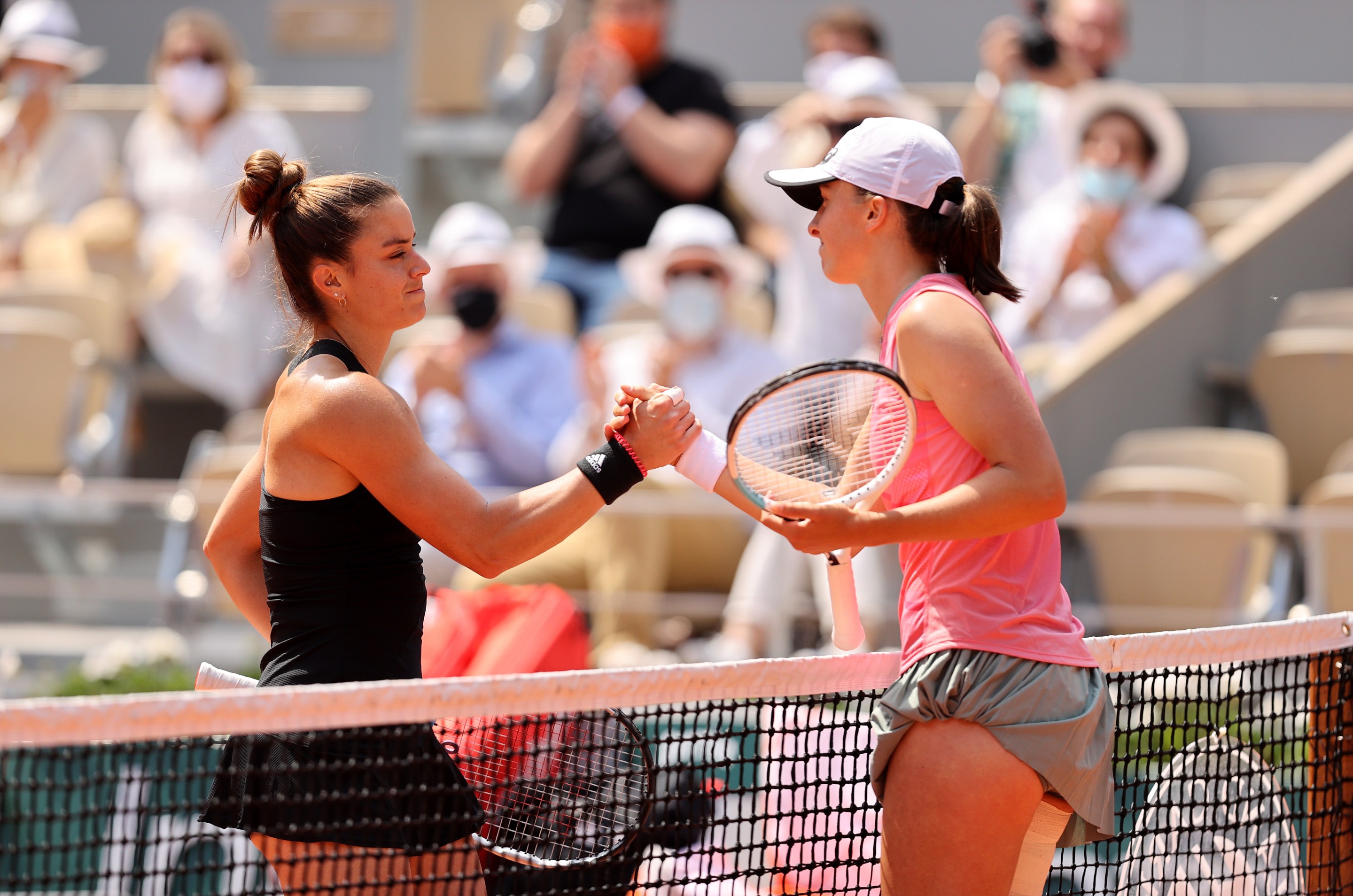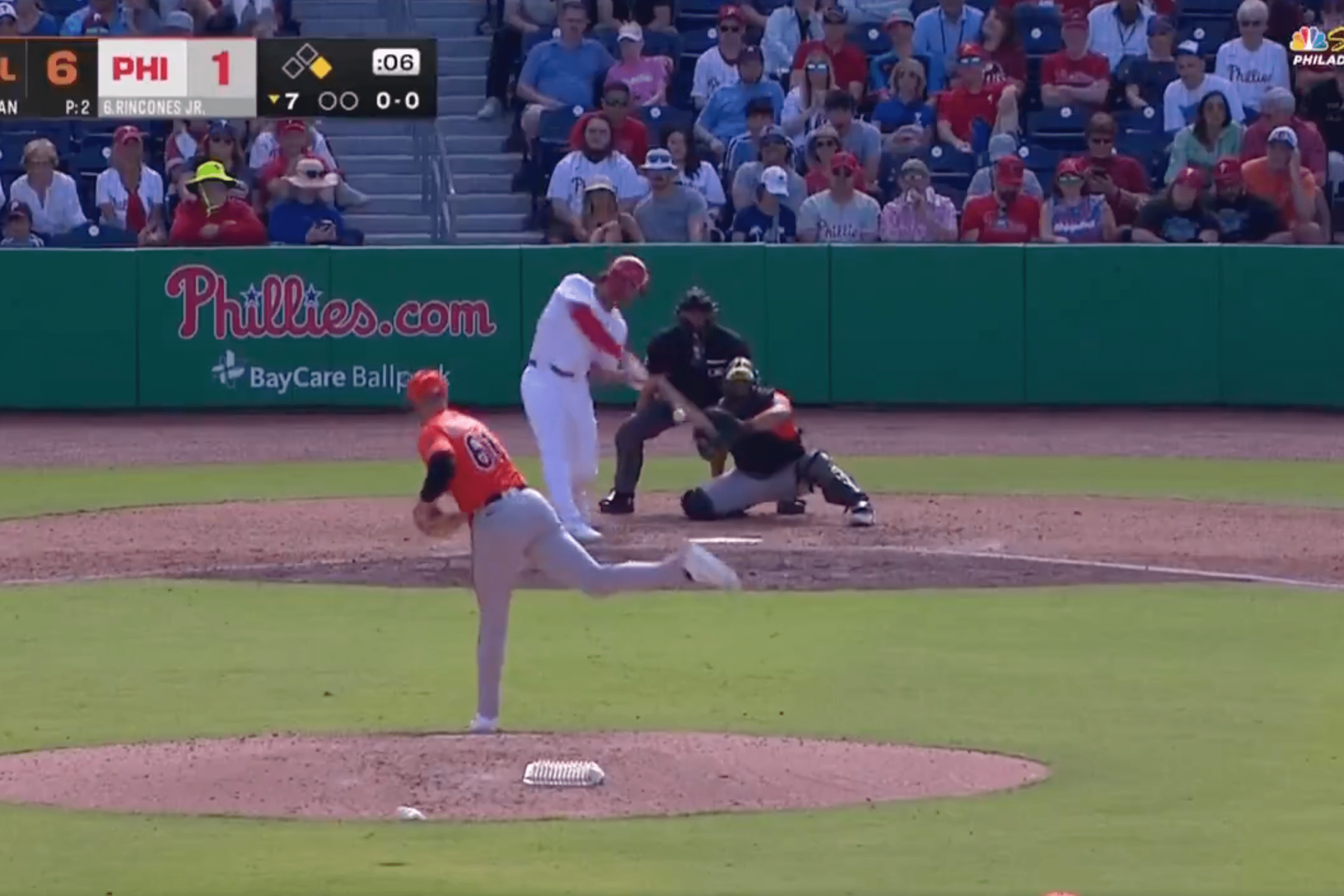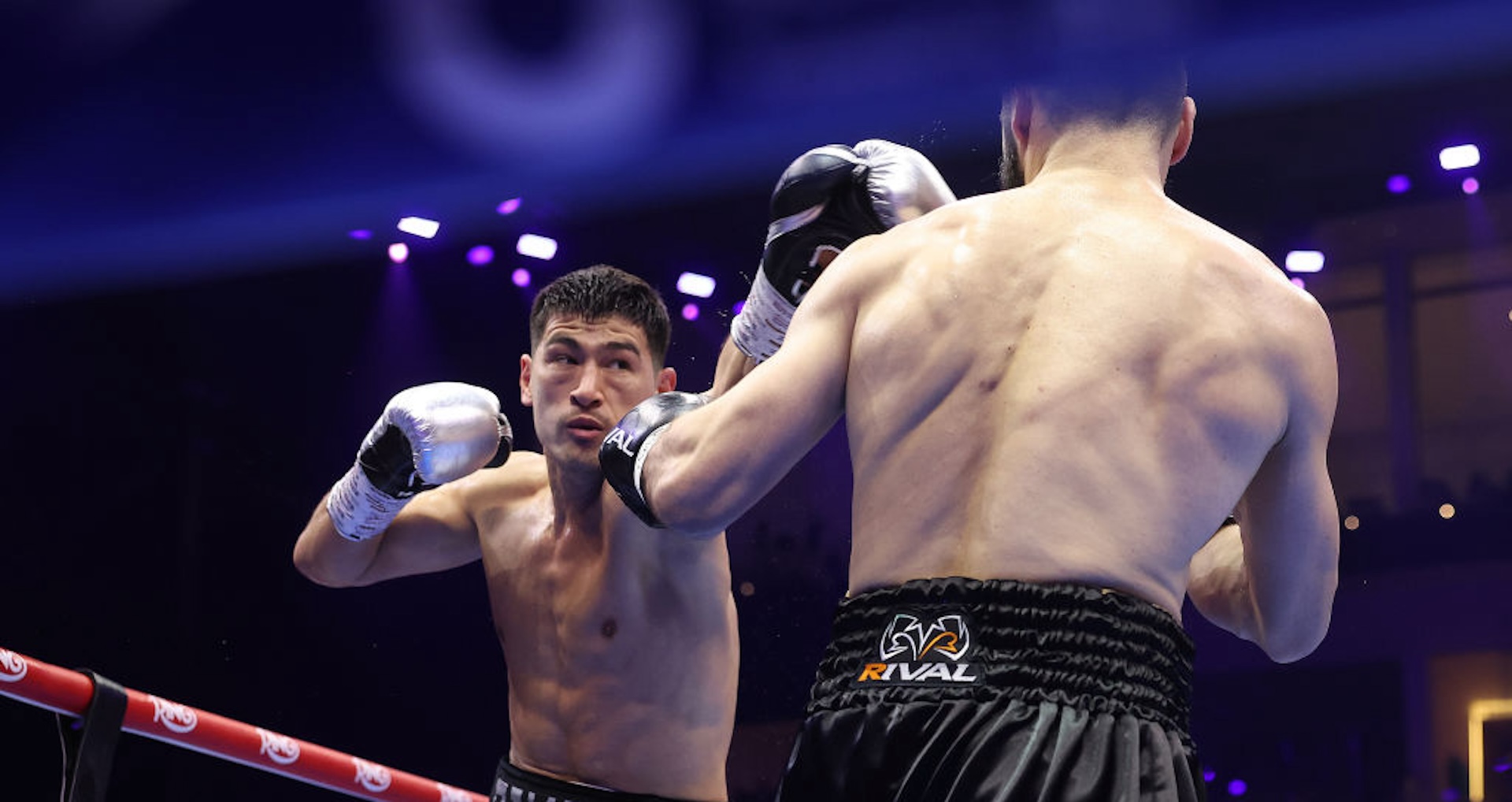Both defending French Open singles champions had some impressive consecutive-sets-won streaks broken on Wednesday. Neither had dropped a since the start of the 2020 event, and given how they looked coming into today's matches, it wouldn't be far-fetched to predict that neither one would lose one this go-around, either. For Rafael Nadal, who'd won 36 sets straight before losing one to Diego Schwartzman in their quarterfinal on Wednesday, this was a mere blip en route to a captivating but awfully conclusive 6-3, 4-6, 6-4, 6-0 dismissal of the tiny hero. For Iga Swiatek, who had strung together 22 sets, the obstacle was a little more permanent: No. 17 seed Maria Sakkari pulled off the 6-4, 6-4 upset of the No. 8 seed, ensuring that the semifinals would be stocked with four players who had never reached that stage of a major before. By this weekend, Roland Garros will have crowned eight different women's champions in the last eight tournaments.
If there's going to be a repeat winner here in the coming years, it may well be Swiatek, a 20-year-old out of Poland with a game well-suited to the task. Like Rafael Nadal, whose game she said she "copied," she plays with a Western grip on her forehand, which allows her to generate a maddening amount of topspin that her opponents are not used to dealing with. The spin sends balls sailing high over the net, diving hard down to the clay, and kicking back up into opponent's faces; it's the basis of a conservative offense, because it's never in danger of hitting the net, and doesn't need to approach the lines in order to be miserable to manage as a receiver. A forehand like that can win you, I don't know, thirteen, maybe fourteen titles at Roland Garros once perfected. Swiatek came to Paris fresh off a 6-0, 6-0 eradication of Karolina Pliskova in the Rome final, looking very much in form to defend her title. The two champs practiced together ahead of the tournament, and Swiatek, who had adorably prepared in advance "some small topics, not to have awkward silence," raved about feeling the spin from that historic forehand on her own racquet. "It gave me, like, a lot of positive energy," she said, a which would be vigorously disputed by the losers of the 105 matches Rafa has won here in 107 tries.
The forehand was not so positive for Swiatek today, though, and turned out to be her undoing. Maria Sakkari sniffed out that her opponent's signature shot wasn't doing its usual damage and unabashedly targeted Swiatek's forehand on a huge proportion of her serves. She sought it out in rallies whenever she could. It worked. No one likes to see their favorite tool taken away; once a moneymaker becomes a liability, an entire game plan can crumble. Sakkari, one of the fastest women on tour, ate up the court, served hard, clobbered the forehand, and generally played some note-perfect clay tennis in one of the most start-to-finish impressive matches of her career. If she can play the way she closed out the first set, she will win the tournament:
After the match, Swiatek, who took a medical timeout in the second set to get her right thigh wrapped, praised Sakkari for detecting her weaker wing and making her feel so uncomfortable out there. When asked how she managed to break down possibly the most dangerous shot left in the women's draw, Sakkari clammed up: “I'm not going to tell you! There's no way I'm going to tell you what I was doing. I'm not going to answer if that was true or not.” It's like everyone has forgotten the strongest argument against the presser—these people have no absolutely no incentive to explain their magic tricks.





